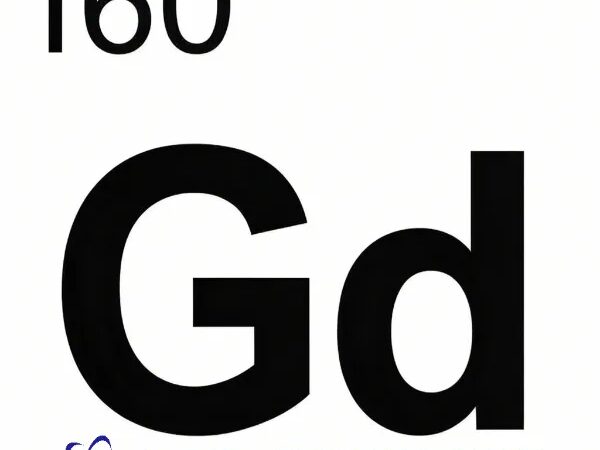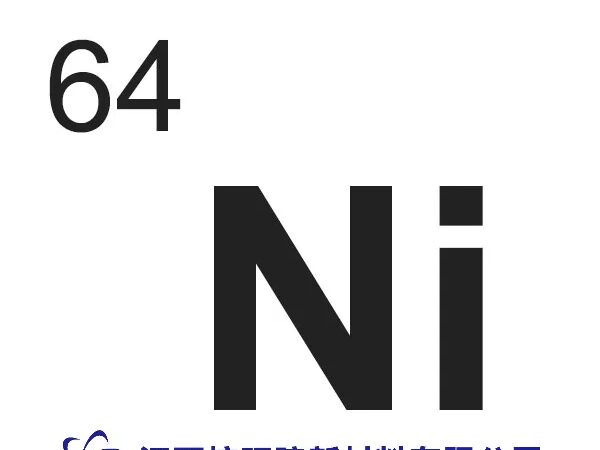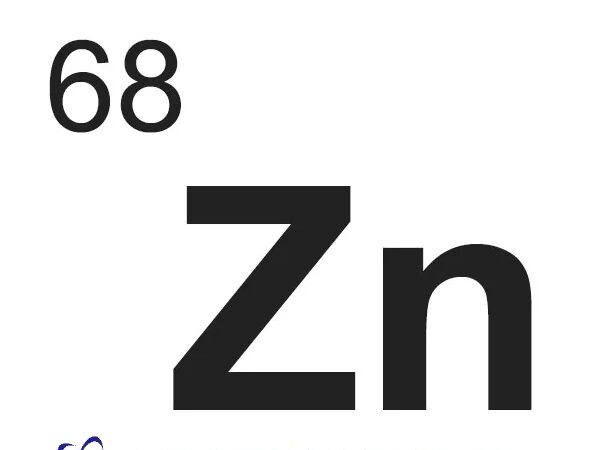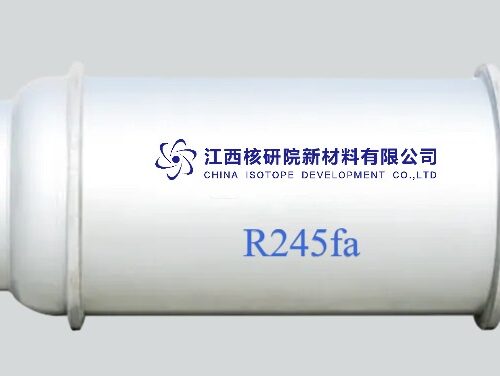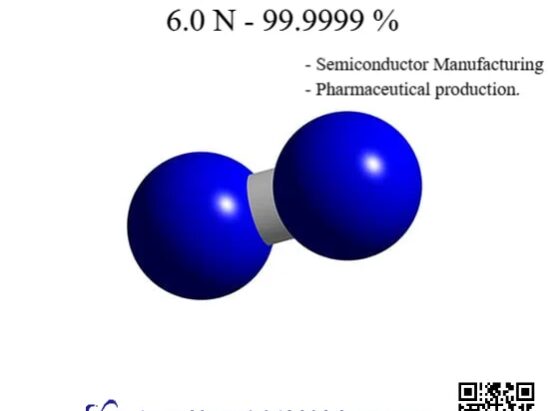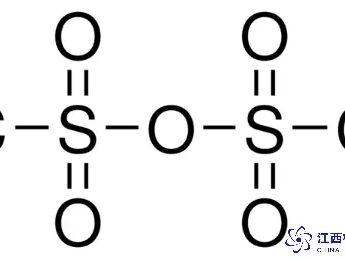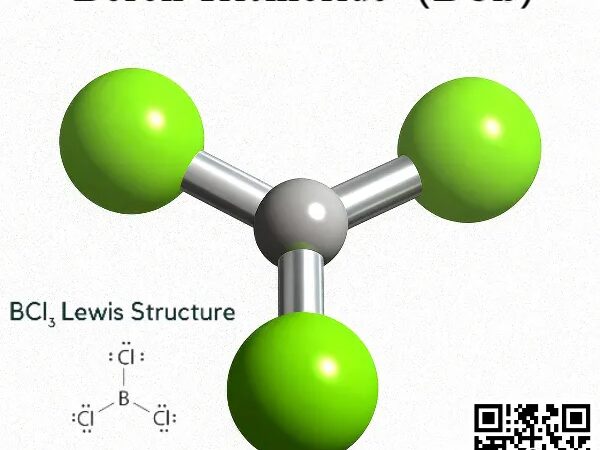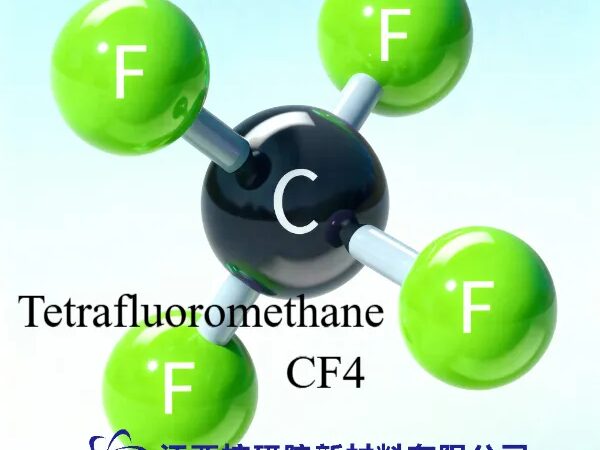Gadolinium-160 Target Material: A Game-Changer for Next-Generation Beta Therapy in Oncology
Gadolinium-160 Target Material: A Game-Changer for Next-Generation Beta Therapy in Oncology BY Tao, Published Dec 28, 2025 Gadolinium-160 (Gd-160) is not a “therapy isotope” itself—it is a strategic stable target material that enables reliable reactor production of Terbium-161 (Tb-161), one of the most compelling next-generation radionuclides for targeted beta therapy and theranostics (therapy + imaging) in oncology. What makes this pathway special…

